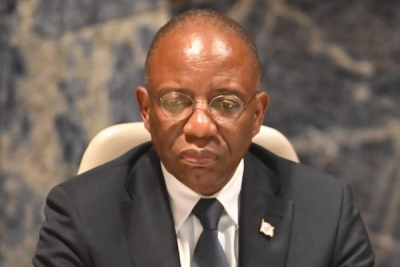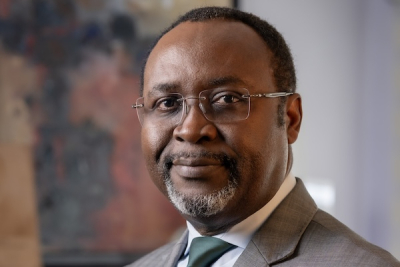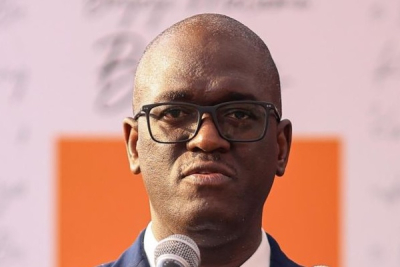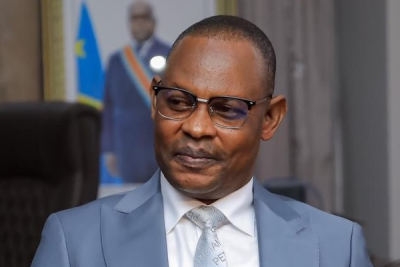Since the Democratic Republic of Congo (DRC) suspended cobalt exports on February 22, 2025, the price of cobalt hydroxide has surged by 84%, reaching $10.5 per pound, according to Fastmarkets data. Cobalt metal prices have also risen sharply, climbing over 43%. This dramatic price increase appears to validate Kinshasa’s strategy of leveraging its dominant position in the market accounting for approximately 75% of global supply to address a persistent surplus that has depressed prices for the past two years.
The suspension has disrupted supply chains, with Telf AG, the cobalt marketing agent for Eurasian Resources Group (ERG), activating force majeure clauses. ERG, the DRC’s third-largest cobalt producer after CMOC and Glencore, has warned customers it may not meet delivery commitments. This uncertainty is already rippling through the battery sector, where several Chinese manufacturers have adjusted costs and suspended some quotations.
Despite the immediate price spike, analysts remain cautious about long-term impacts. According to CRU Group, an estimated 85,000 tonnes of cobalt are stockpiled outside the DRC equivalent to six months of global consumption. These reserves could temper the price surge if the export ban is lifted and a flood of cobalt re-enters the market. To prevent such a scenario, Kinshasa is reportedly considering introducing export quotas to stabilize prices once exports resume.
The coming months will be critical in determining whether the DRC’s move is as smart as the Congolese authorities think. The global cobalt market, it is worth noting, is already marked by structural surpluses and geopolitical tensions.
This article was initially published in French by Emiliano Tossou (Ecofin Agency)
Edited in English by Ola Schad Akinocho










